Results 981 to 990 of 12091
Thread: Anandtech News
-
09-29-11, 09:50 AM #981
Anandtech: HP Compaq 8200 Elite Ultra-Slim: The Littlest Desktop
If you've been following along for a while, it should be pretty clear that around here, we're fans of doing a little computing. Awkward turns of phrase notwithstanding, we thought we'd seen the smallest HP had to offer when we tackled the Z210 SFF desktop not too long ago. But we were wrong, and today we present you with the smallest desktop computer in HP's enterprise lineup. Wearing its power supply on the outside, meet the HP Compaq 8200 Elite Ultra-Slim.
More...
-
09-29-11, 11:10 AM #982
Anandtech: DisplayLink Shows Off First USB 3.0 Video Adapter
Although IDF 2011 ended two weeks ago, not everything has been covered yet. One thing we missed was DisplayLink's announcement of their first USB 3.0 video adapters. There will be two models: DL-3500 and DL-3900. The first one is a regular USB to HDMI adapter and supports resolutions of up to 2048x1152, meaning that it's sufficient for all today's HDMI monitors. It doesn't seem much different from what USB 2.0 video adapters offer, but the added bandwidth should help with more intensive content, such as videos.
The second one, DL-3900, is a bit more than just a video adapter. It's more like a docking station since the actual chip supports DisplayPort, VGA, DVI and HDMI. On top of that, it supports networking and can act as a USB 3.0 hub. Resolution support is up to 2560x1600, or two 1920x1080 displays. DisplayLink only manufactures the chips (just like AMD and NVIDIA for example), so the final configuration is dependent on the OEM. At IDF, DisplayLink showed off a prototype with DVI, HDMI, two USB 3.0 ports and an Ethernet port. Both adapters support multi-channel audio and 3D video playback.
DisplayLink has not revealed official pricing. SemiAccurate is claiming about $80 for the USB to HDMI adapter and $150 for the dock. DisplayLink lists only "available soon" on their site, so availability is unknown as well. It's again good to note that DisplayLink only manufactures the chips - pricing and availability depend on the OEM.
While USB 3.0 can't deliver the same bandwidth as Thunderbolt, it's still capable of 5Gb/s (theoretically), which is ten times more than USB 2.0. That should be enough for most users, although it will be interesting to see how the DL-3900 performs with multiple devices. It's evident that there is a lot compression going on in order to provide 2560x1600 over USB 3.0 in the first place. Apple's Thunderbolt Display (our review) is definitely an interesting concept and DisplayLink takes a similar approach with DL-3900. Samsung also introduced Central Station (our analysis) a while back, which is an equivalent docking station concept.
Source: DisplayLink, DisplayLink, SemiAccurate
More...
-
09-29-11, 04:10 PM #983
Anandtech: Samsung Talks About 32nm 1.5GHz Exynos SoC
In our Galaxy S 2 review we highlighted an extremely unique aspect of Samsung's latest: its Exynos 4210 SoC. The 4210 features two ARM Cortex A9 cores running at 1.2GHz and an ARM Mali-400 MP4 GPU. The A9 implementation is equal to that of TI's and a bit better than NVIDIA's Tegra 2 (MPE + dual-channel memory controller), and the Mali-400 MP4 is the fastest GPU we've benchmarked in a smartphone. The SoC is built on Samsung's own 45nm process.
Today Samsung announced a 32nm addition to the family: the Exynos 4212. CPU clocks jump up to 1.5GHz, while GPU clocks are unknown. Samsung claims GPU performance improves by up to 50% "over the previous processor generation" but that is a bit too ambiguous for me to extract anything real from. The move to 32nm could have simply enabled a 50% increase in GPU clock speed.
Samsung's 32nm process uses high-K + metal gate transistors, similar to a transition Intel made at 45nm. According to Samsung, these new transistors allow for either a > 40% increase in performance at the same leakage or a 10x reduction in leakage current at the same speed. Density also improves by 2x enabling even more complex chip designs (more cores, bigger GPUs, more integration) or smaller die with the same feature set (eventually improving supply and profit).
Specific to the Exynos 4212, Samsung is claiming a 30% reduction in power compared to its predecessor (presumably the 45nm LP Exynos 4210?).
Exynos 4212 will be sampling in Q4. I'd expect to see it in handsets sometime in 2012.
More...
-
09-29-11, 09:00 PM #984
Anandtech: AMD Releases Catalyst 11.9 Drivers
Following up yesterday's release of the Catalyst 11.10 beta package, AMD has made the final version of the Catalyst 11.9 package available for users of 32-bit and 64-bit Windows 7, Vista, and XP. As with the previous version of the package, most desktop and laptop DirectX 10 and 11 GPUs are supported, but Windows 7 users should note that this package requires Service Pack 1 to be installed.
The new drivers enable 3D support via DisplayPort - AMD specifically mentions the Samsung 750 and 950 displays as being supported. There are no particular performance enhancements listed for any games, though hanging and crashing issues in several games have been resolved (especially under Windows 7).
The new drivers can be downloaded from AMD's web site, through the Catalyst software's automatic updater, or via Steam. The final version of the 11.10 drivers will replace the 11.9 drivers when they're made available next month.
Source: AMD
More...
-
09-29-11, 11:10 PM #985
Anandtech: Rendering and HPC Benchmark Session Using Our Best Servers
Each time we publish a new server platform review, several of our readers inquire about HPC and rendering benchmarks. We're always willing to accommodate reasonable requests, so we're going to start expanding beyond our usual labor intensive virtualization benchmarks. This article is our first attempt. It was a bumpy ride, but this first attempt produced some very interesting insights.
The increasing core counts on modern servers makes finding useful benchmarks difficult, and given how many businesses have chosen to use virtualization that has been our major focus. For this article, we decided to run the latest version of Cinebench and Stars Euler 3D CFD, as both seemed like they would be fairly easy to work with. That didn't end up being the case, but at least our testing results are a lot more interesting than we imagined they would be.
More...
-
09-30-11, 09:00 AM #986
Anandtech: Game Review: The Binding of Isaac
There is some special alchemy at the heart of The Binding of Isaac. Developer Edmund McMillen (Super Meat Boy) has combined biblical monsters, scatological humor, and tense twin-stick shooting into a thrilling and, at times, disturbing game about a boy and his troubled relationship with his mother.
A pregame Flash animation shows Isaac’s mother, who likes to watch Christian television programming, being told by God that Isaac is a creature of immense sin. To prove that she loves her deity above all else, she attempts to kill Isaac, who escapes into a cavernous basement of hideous monsters and terrible trials. After his fall, Isaac awakes, ready to seek revenge.
To reinvent one of the oldest stories in Western theology (Abraham almost killing his son Isaac at God’s behest) as a videogame, McMillen drew inspiration from venerable entries in gaming canon. Isaac, who cannot stop crying, shoots his tears in a manner reminscent of Robotron and Smash TV. Some enemies harken back to arcade classics like Asteroids and Centipede. The UI and environment design smack of The Legend of Zelda on NES, replete with hearts, bombs, shops and grid-based dungeon maps.
But Isaac owes the most to Rogue and its many descendants. Roguelikes – loosely defined as dungeon crawlers with randomized elements and permadeath – have seen somewhat of a renaissance in the indie community, and Isaac rides that wave. The game can be beaten in about an hour (if you make it that far, for death is permanent and means starting anew). But no two playthroughs of Isaac are the same. I was on my tenth or eleventh session before I saw a room I even vaguely recognized and have yet to see a sequence of rooms repeat.
All of Isaac’s demented loot drops with similar randomness, and none of it is explained. Upgrades come in many forms: trinkets, pills, tarot cards, blood pacts with the devil. They each change Isaac cosmetically, reflecting the shame and punishment inflicted by his mother (lipstick, heels, and a coat hanger are a few choice examples). There is no manual to tell you what they do, and if a guide crops up on the Internet, I urge you to avoid it. The whimsy and danger lurking behind each item pickup make Isaac’s journey all the more precarious and exciting.
The uncertainty and randomness breed resourcefulness. Sometimes the game will hand you powerful items early on, only to withhold heart and bombs in the later levels. Other times you will receive plenty of bombs and keys but few meaningful upgrades to Isaac’s skills. To succeed, you must adapt your play style to what the game gives you. Unless you have issues with the core gameplay, it could take ages to become bored with Isaac’s breadth of game-changing content.
So about that core gameplay: it’s purposefully loose and imprecise. Isaac can only fire his tears in the cardinal directions, and they don’t always travel in perfectly straight lines. Moving while shooting allows you to angle the shots a bit, but it isn’t an exact science. Movement’s controlled with WASD, and Isaac glides a bit, especially after a few speed upgrades. Navigating some of the spike-filled rooms is difficult when your protagonist can’t stop on a dime.
Despite this, I love how Isaac handles. The controls enhance the overall tension while still feeling fun. You need to be mindful of the environment, how Isaac moves within that environment, how the enemies move in reaction to Isaac, and how and when you can harm them. Fighting a bit of imprecision fits in well with the rest of the game’s randomness and adds to the challenge.
Isaac’s crude Flash aesthetic suits McMillen’s twisted take on Scripture yet keeps the possible severity of the subject matter at an adolescent arm’s length. The design of Isaac and his enemies feels like the result of McMillen regularly daring himself to a gross-out contest. Upgrades permitting, you can shoot poison tears at piles of poop (see above). When Isaac enters a room with a single heart remaining, he will urinate on the floor in fear. Most boss fights leave the room dripping with blood and entrails. You will find many horrible things in the dungeons below Isaac’s house. Subtlety isn’t one of them.
While guiding Isaac through the depths, stop and give a listen to the delightful soundtrack by composer Danny Baranowsky (Canabalt, Super Meat Boy). Baranowsky consistently finds ways to channel retro game music without resorting to composing on a Game Boy. I’m particularly taken with the surprising warmth of the “Caves” theme. He also admirably meets the challenge of writing his own riff on the “You Found A Secret” chime from Zelda.
At just $5, The Binding of Isaac is priced as an entertaining distraction, but it offers much more. McMillen and his programmer Florian Himsl have packed this retro hybrid with loads of secrets and unlockables. After six hours I'm still discovering new items, new enemies, new endings. Nothing about a boy being tortured by his mother should be this fun, but it is. And it’ll likely stay fun and fresh for a while.
A copy was provided for the purposes of this review. The Binding of Isaac is currently available on Steam for $4.99. You can find the hardware requirements below:
PC Requirements Mac Requirements OS Windows XP/Vista/7, OS X Leopard 10.5.8 or Snow Leopard 10.6.3 Processor 2.5 GHz Intel Mac 2.5 GHz Memory 1 GB 1 GB Hard Disk Space 50 MB 50 MB Video Card DirectX 9.0c Compatible Card --
More...
-
09-30-11, 10:20 AM #987
Anandtech: Samsung Gives Portability Another Try with Galaxy Tab 7.0 Plus
The original 7-inch Galaxy Tab wasn't all that impressive. It was a premature release with an inadequate SoC running a version of Android intended for smartphones, not tablets. Since then Samsung has put forth some of the most impressive Honeycomb based tablet designs with its Galaxy Tab 10.1 and 8.9. Today, Samsung is expanding the lineup to include a new 7-inch tablet: the Galaxy Tab 7.0 Plus.
A bit thicker than the 10.1 and 8.9, the 7.0 Plus measures 9.96mm compared to 8.6mm for the bigger tabs. Weight is significantly lower at 345g, and obviously the overall footprint is smaller. Samsung continues to use its own PLS display technology although the resolution of the 7.0 Plus drops to 1024 x 600.
No word on the SoC, but it is a dual-core solution (thus most likely making it a dual-core A9) running at 1.2GHz. The options include NVIDIA's Tegra 2 (like the 10.1 and 8.9), Samsung's own Exynos or Qualcomm's MSM8660.Samsung 2011 Tablet Comparison Galaxy Tab 7.0 Plus Galaxy Tab 8.9 Galaxy Tab 10.1 SoC Dual ARM Cortex A9 @ 1.2GHz NVIDIA Tegra 2 (Dual ARM Cortex A9 @ 1GHz) NVIDIA Tegra 2 (Dual ARM Cortex A9 @ 1GHz) GPU ? NVIDIA GeForce NVIDIA GeForce RAM 1GB 1GB 1GB Display 1024 x 600 PLS 1280 x 800 PLS 1280 x 800 PLS NAND 16GB 16GB 16GB Dimensions 193.65 x 122.37 x 9.96 230.9 x 157.8 x 8.6mm 256.6 x 172.9 x 8.6mm Weight 345g 447g 565g Price ? $469 $499
The 7.0 Plus features an integrated HSPA+ (21Mbps) baseband capable of working 900, 1900 and 2100MHz networks. EDGE/GPRS are supported on 850, 900, 1800 and 1900MHz bands.
The tablet features two cameras: a 3MP rear facing unit with LED flash and a 2MP front facing sensor. Samsung will also integrate its TouchWiz UX into Android for the 7.0 Plus. Battery capacity is listed as 4000 mAh.
The 7.0 Plus will begin is life in Indonesia and Austria at the end of next month, with a gradual global rollout afterwards.
More...
-
09-30-11, 11:10 AM #988
Anandtech: Roku 2 XS Review : Streaming Videos and Casual Gaming on the Big Screen
Roku is one of the pioneers in the media streamer market. They introduced the first Netflix streaming box in 2008. New models have been coming out every year. This time around, the rise of connected TVs and the Smart TV push from Intel have forced Roku to come out with something different compared to offerings from previous years. We had covered the launch of the Roku 2 lineup earlier and pointed out the casual gaming angle as the differentiating factor.
The top tier Roku 2 XS model was sent for review by Roku. How does it fare in our testing? Is a mixture of Internet video streaming and casual gaming on the big screen worth the $99 asking price? Read on to find out.
More...
-
09-30-11, 01:50 PM #989
Anandtech: Canonical Releases Windows Client for Ubuntu One Cloud Storage Service
Ubuntu One, the cloud storage service introduced in version 9.04 of the popular Linux distribution, now has an official Windows client. Previously available as a beta, Ubuntu One for Windows gives XP, Vista, and 7 users a free 5GB of cloud storage space in which to keep their files.
Ubuntu One works a bit differently than, say, Dropbox, a competing cloud storage service: for example, if you'd like to sync your My Documents and My Pictures folders, Dropbox would require you to store them within your Dropbox folder, while the Ubuntu One client allows you to select folders anywhere on your hard drive for syncing. Once synced, your files can be accessed from Ubuntu, Windows, and Android devices, as well as through the Ubuntu One web site.
For users with more storage needs, Canonical will bump your space up to 20GB for $2.99 a month or $29.99 a year. You can also add an Android and iOS-compatible MP3 streaming service (which also includes the 20GB storage upgrade) for $3.99 a month or $39.99 a year.
Source: Canonical
More...
-
09-30-11, 06:19 PM #990
Anandtech: New Indie Game Storefront 'Indievania' Now In Beta
The team from Alientrap, the independent game developer responsible for Capsized and Nexuiz, decided that indies needed a better way to sell their games. So they created Indievania, a digital store designed specifically for indie game developers and the gamers who love them.
Currently in open beta, Indievania offers cross-platform (Windows, Mac, and Linux), DRM-free versions of indie games at a variety of pricepoints. Developers are encouraged to submit their game at any stage of development and with a variety of business models – from microtransactions to pay-what-you-want.
The big sell for patrons of indie development is the claim that 100% of game’s cost goes to the developers. Instead of taking a cut of the sale, Indievania passes the money directly to the developer’s PayPal account. By removing as many middlemen as possible, Indievania hopes to foster strong player-developer relationships. Future goals for the service include merchant options beyond PayPal, a Netflix-/Amazon-like recommendation system, and the ability for developers to bundle their games.
Indievania will need to continue to build its library of games to compete in the long term, as just today Zoo Entertainment divulged more details on IndiePub, their new “Steam for indies” platform, which launches later this year. Connecting players with the developers behind games like the RPG-sendups Cthulu Saves the World and Breath of Death VII, or Minecraft/Tetris platforming mashup Blocks That Matter could help Indievania carve out a niche before its competitors get rolling.
Source: Indievania
More...
Thread Information
Users Browsing this Thread
There are currently 12 users browsing this thread. (0 members and 12 guests)






 Quote
Quote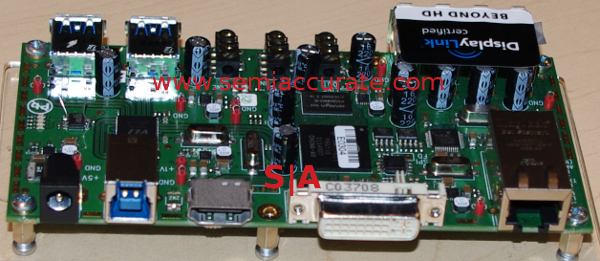
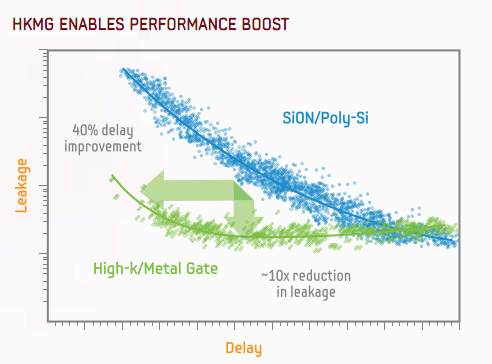
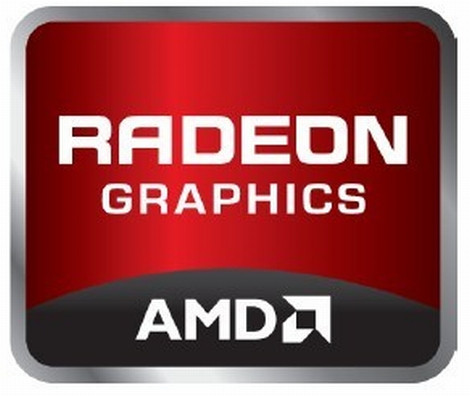
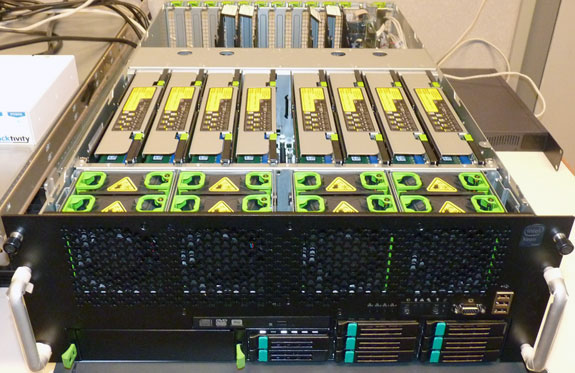



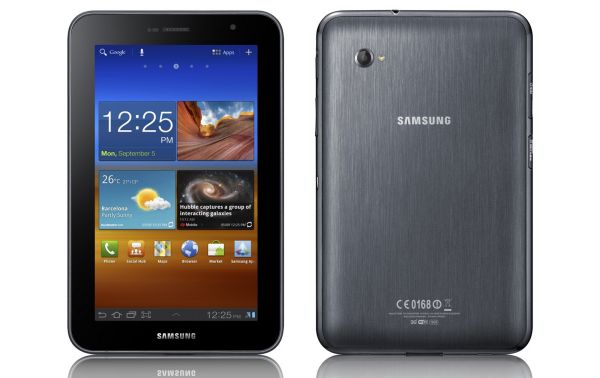
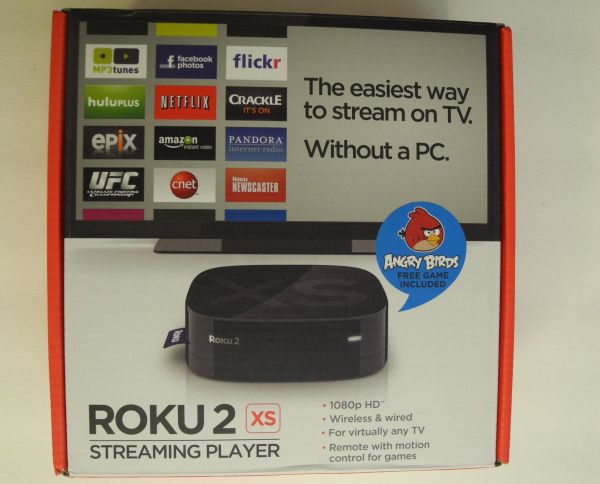
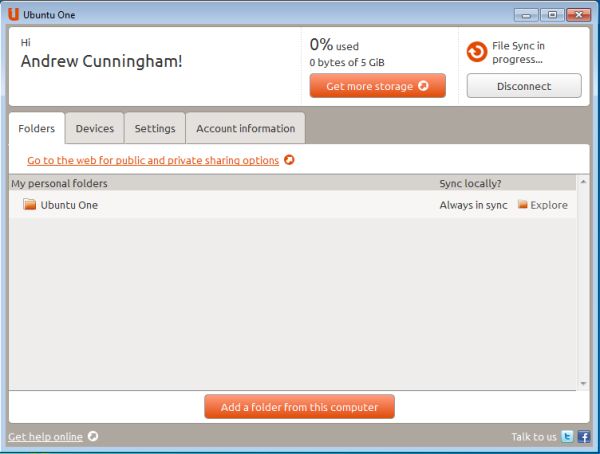
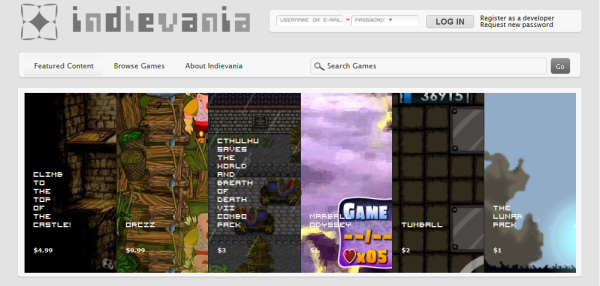
















Bookmarks